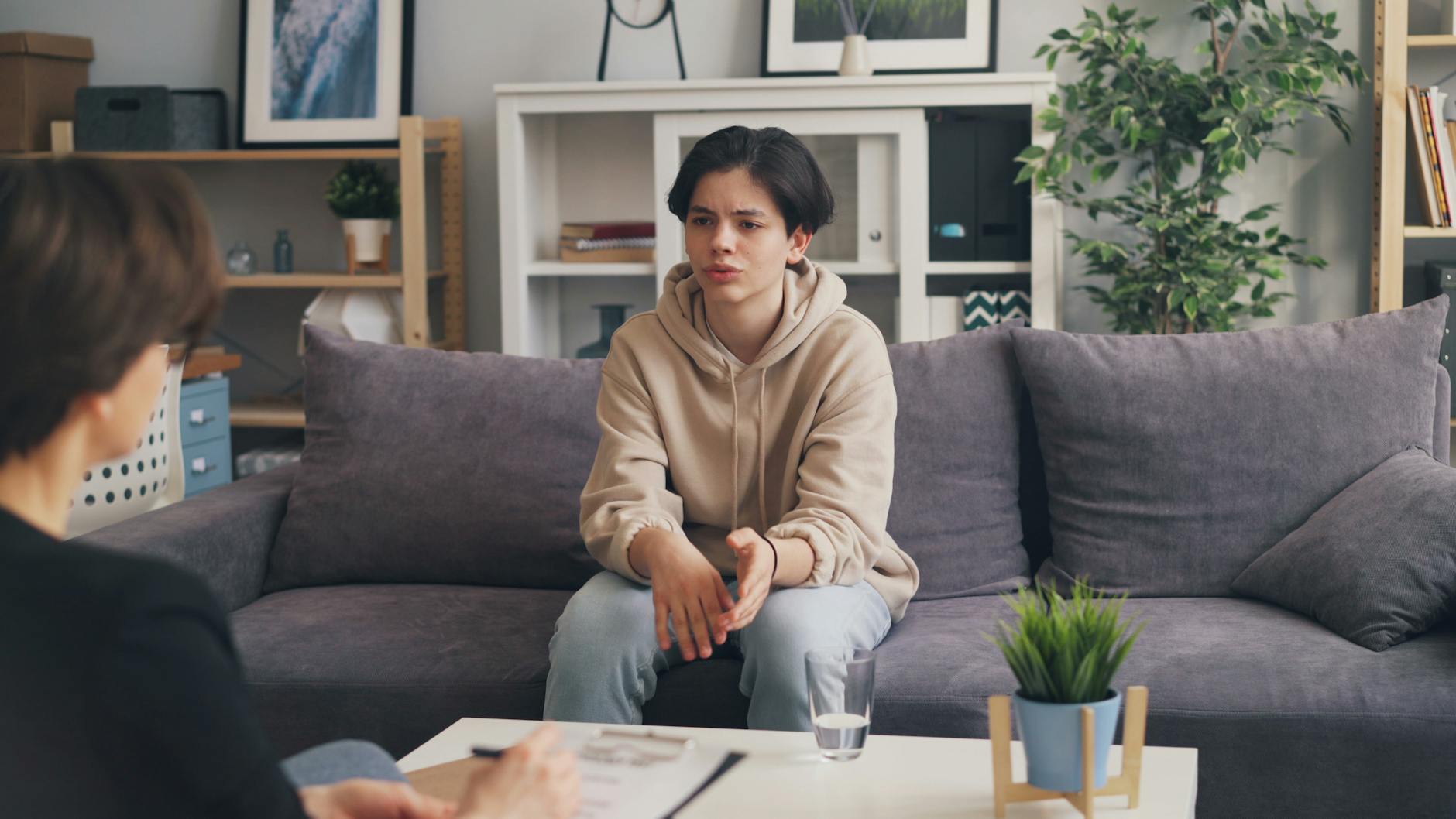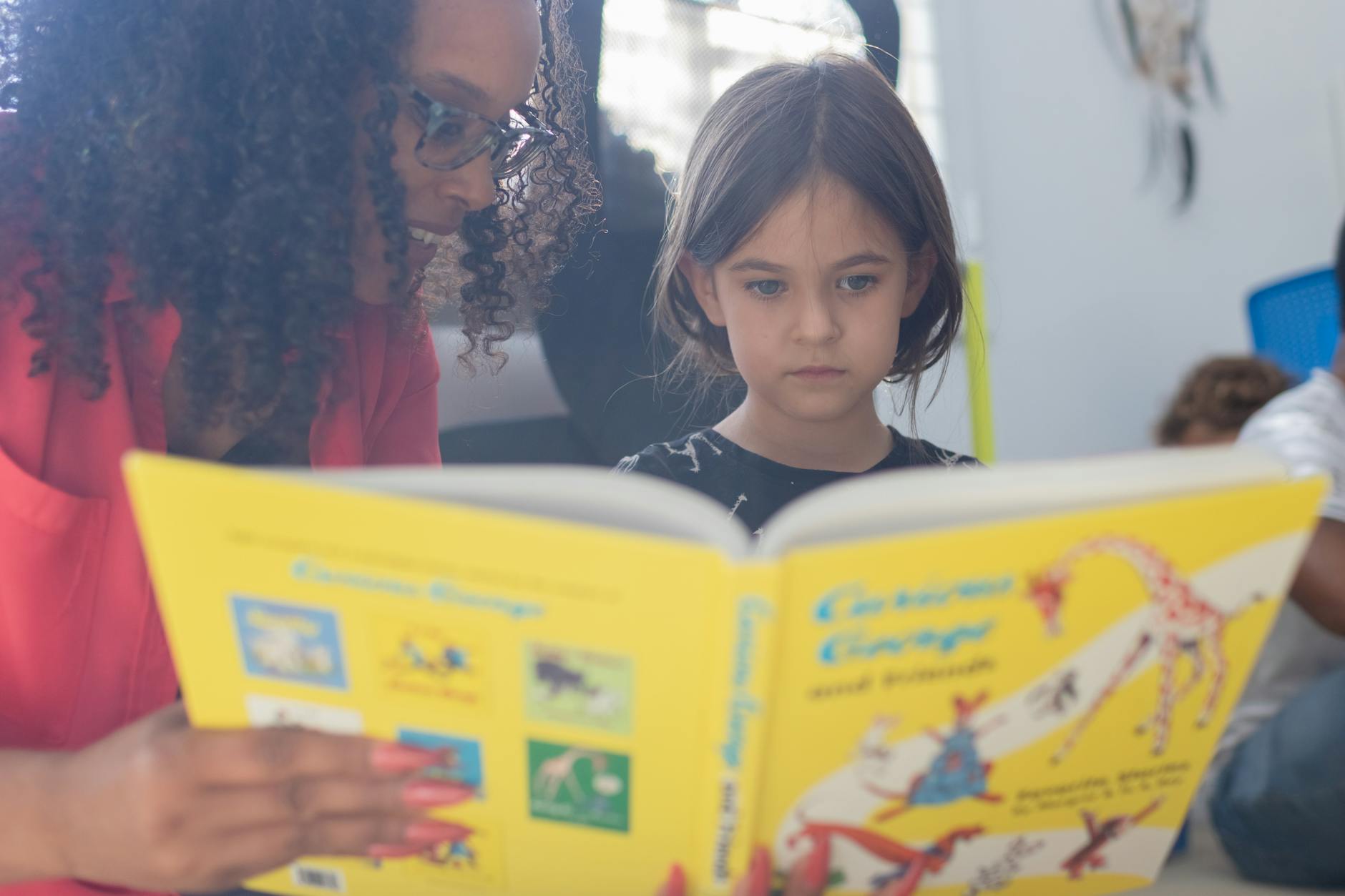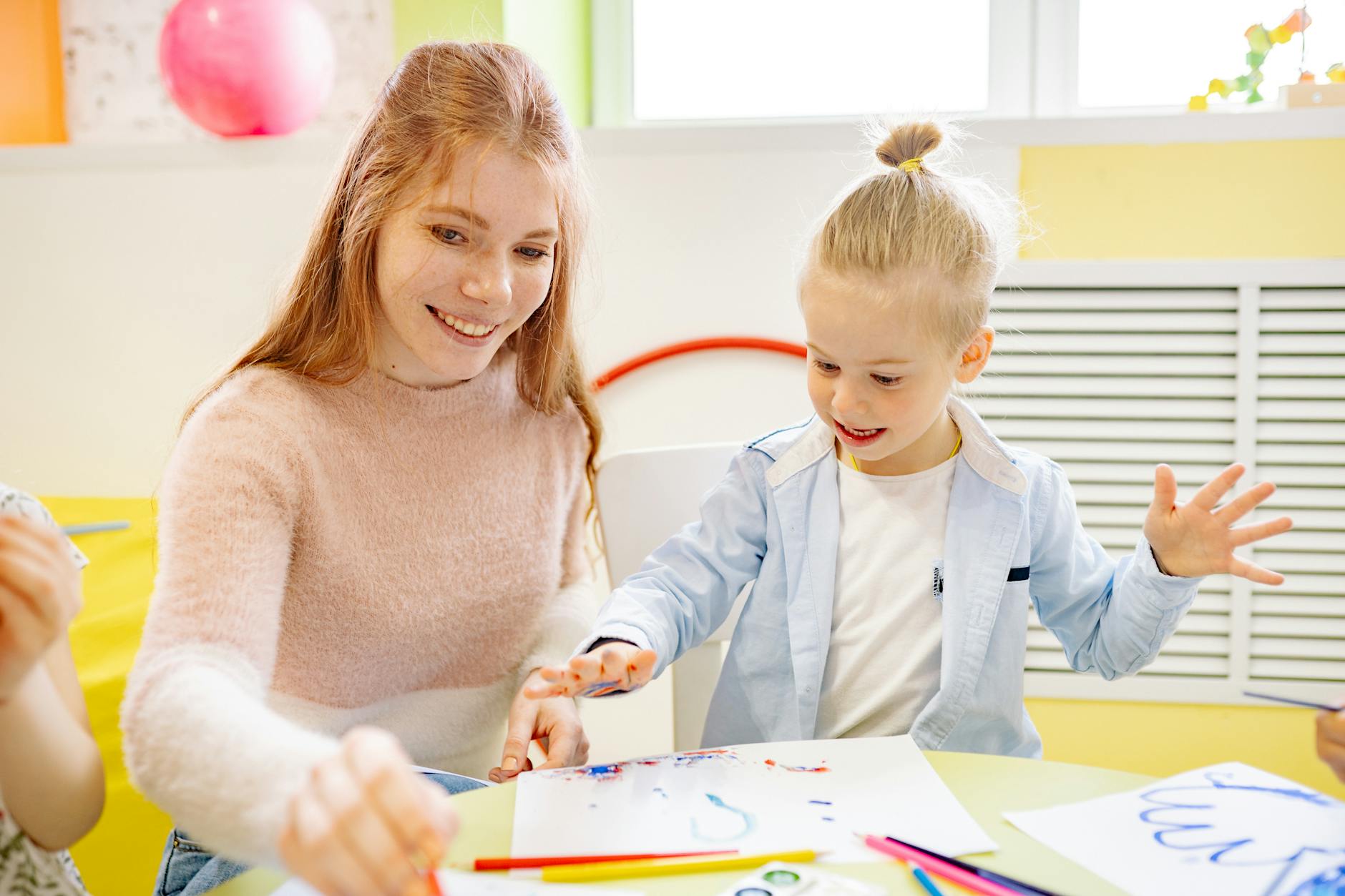Allied health professionals: We must be ready to prove how much therapy is the right amount for NDIS participants and Foundational Supports
To quote the NDIS Minister: “How many speech pathology sessions are best for… a child with a speech delay?”*
The big picture:
In Australia, the Federal government is setting up a new panel of technical experts to look at the evidence demonstrating the effectiveness of different therapies, including allied health therapies like speech therapy, for people with disability or developmental delay. The panel is expected to look at how much therapy is the “optimal dose” to warrant public funding.
Context:
Four related things are happening in parallel:
- After recent eligibility reassessments, thousands of children and adults have lost (or will soon lose) access to the NDIS altogether.
- “NDIS supports” rules have been implemented, making some types of therapies completely and permanently ineligible for NDIS funding (e.g. many alternative and complementary health therapies).
- An independent review is underway to determine NDIS pricing (effectively, the viability) of music and art therapies for NDIS participants.
- From the second half of 2025, and over the course of the next 5 years, we expect a new Foundational Supports system to unfurl, co-funded by Federal and state governments. This new system, which will operate outside the NDIS:
- will cater for children and adults who have disability or delay but do not qualify for the NDIS; and
- is expected to include short one-on-one support from allied health professionals and/or group supports in “natural” environments like early childhood settings, schools and other mainstream settings.
Why it matters:
Allied health professionals, including speech pathologists, must be prepared to:
- demonstrate the effectiveness of their therapies (both in general, and for individual clients);
- advocate for the optimal dose of therapy needed by individual clients with a variety of impairments and functional needs connected to their disability or delay; and
- adapt our service delivery models in response to NDIS and Foundational Supports systems as well as technological changes (like AI) and the economic challenges of where we work.
Case in point:
Globally, speech pathologists have been looking actively at “optimal dose” and delivery questions for a very long time in the context of various funding and system constraints. For children with speech sound disorders (e.g. unintelligible speech), speech pathologist researcher-clinicians have experimented with a number of variables, and published peer-reviewed evidence about:
- the essential elements of effective treatments;
- using principles of motor learning to improve outcomes;
- increasing the dose of trials per session (e.g. to 50-100 trials) to give clients more “bang for their buck”;
- increasing the frequency of sessions per week (e.g. 3+ sessions);
- reducing the length of each session (e.g. 5-10 minutes) to reduce disruption to other activities;
- increasing the complexity of speech targets to drive system-wide changes to clients’ intelligibility;
- using cycled and distributed practice schedules to increase spacing effects and clients’ long term retention of gains;
- delivering group therapies (with mixed results, it must be said);
- using automated, computer-delivered, app-based and/or AI tools and websites to make therapy more accessible, efficient and/or attractive to clients;
- reducing reliance on external rewards, “reinforcers” and activities unrelated to speech to increase focus on speech outcomes;
- generally increasing the variability of inputs, to transfer therapy gains to the real world; and
- choosing functional targets to drive improvements to communication participation.
Go deeper:
- Evidence-based speech therapy research and examples of innovation:
Evidence-based practice for children with speech sound disorders: part 1 narrative review
Innovative Service Delivery Models for Serving Children with Speech Sound Disorders – PubMed
The Complexity Approach to Phonological Treatment: How to Select Treatment Targets
Dynamic Temporal and Tactile Cueing (DTTC) – Child Apraxia Treatment
Rapid Syllable Transition Treatment – Childhood Apraxia Treatment
- Plain English information about speech therapy for speech sound disorders
Lifting the lid on speech therapy: How we assess and treat children with unclear speech
Speech pathology for kids: Is it time to put away the Pop-Up Pirate and just do the therapy?
How to treat speech sound disorders 1: the Cycles Approach
How to treat speech sound disorders 2: The Complexity Approach – more bang for your buck?
How to use principles of motor learning to improve your speech
- NDIS reforms and proposed Foundational Supports in Australia
* No Limits: $44bn NDIS Open to all disabilities (The Australian, 13 February 2005) (Paywalled)
Allied Health NDIS Providers: Keep your eye on the ball in 2025!
Allied health providers must review services for young participants to ensure they’re NDIS supports
Allied health NDIS providers: back yourself to try new things, and help more people: a case study
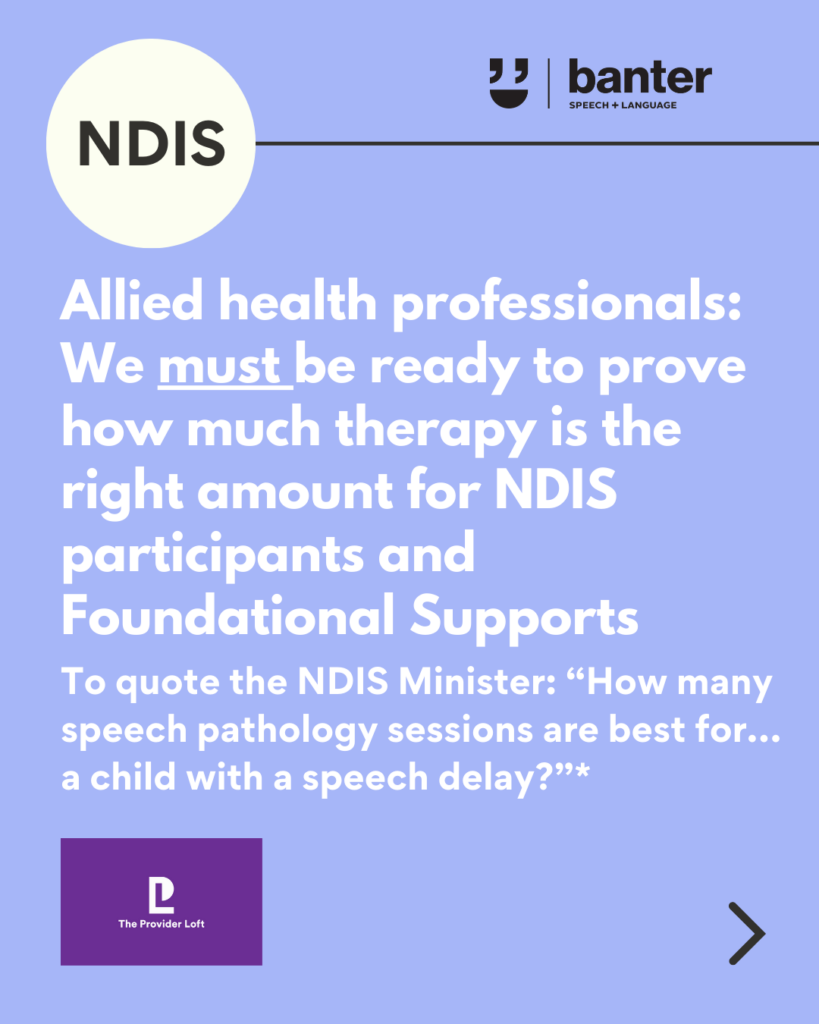
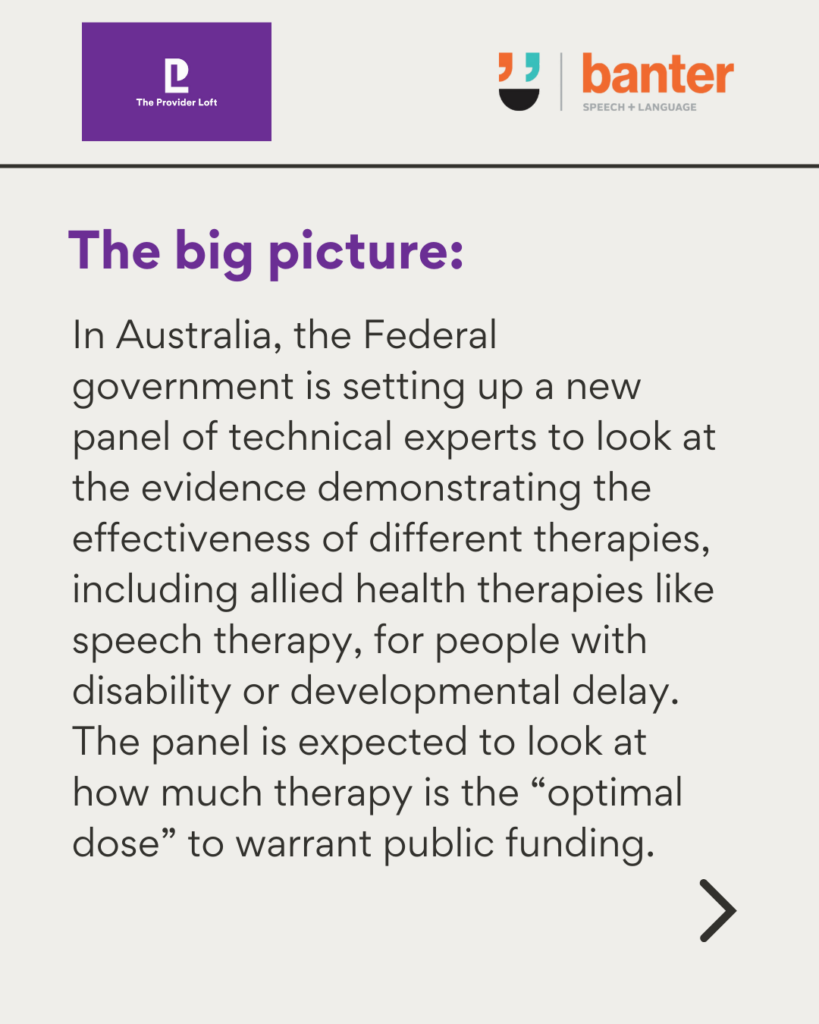
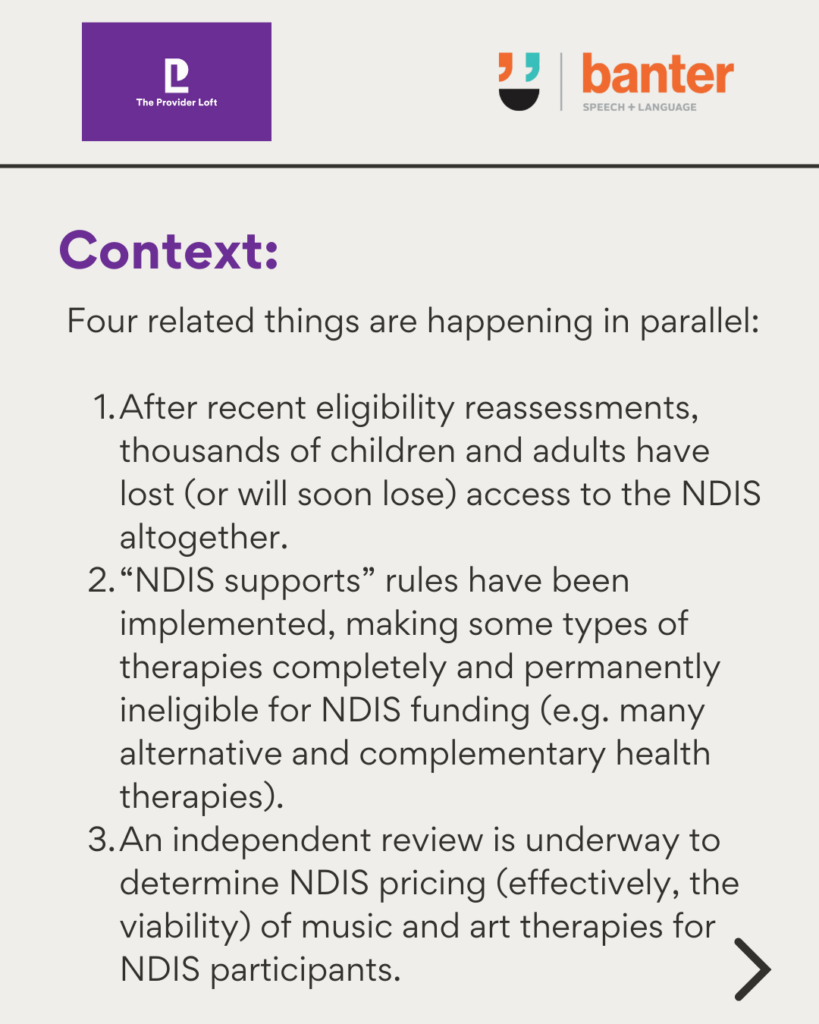
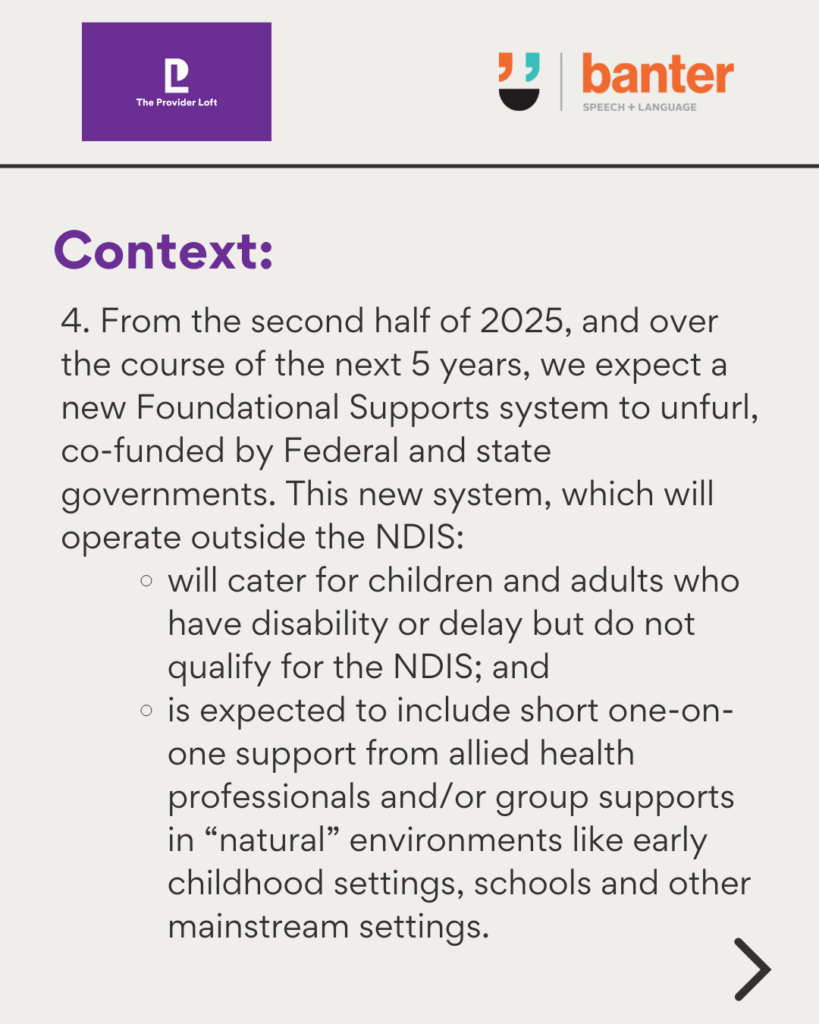
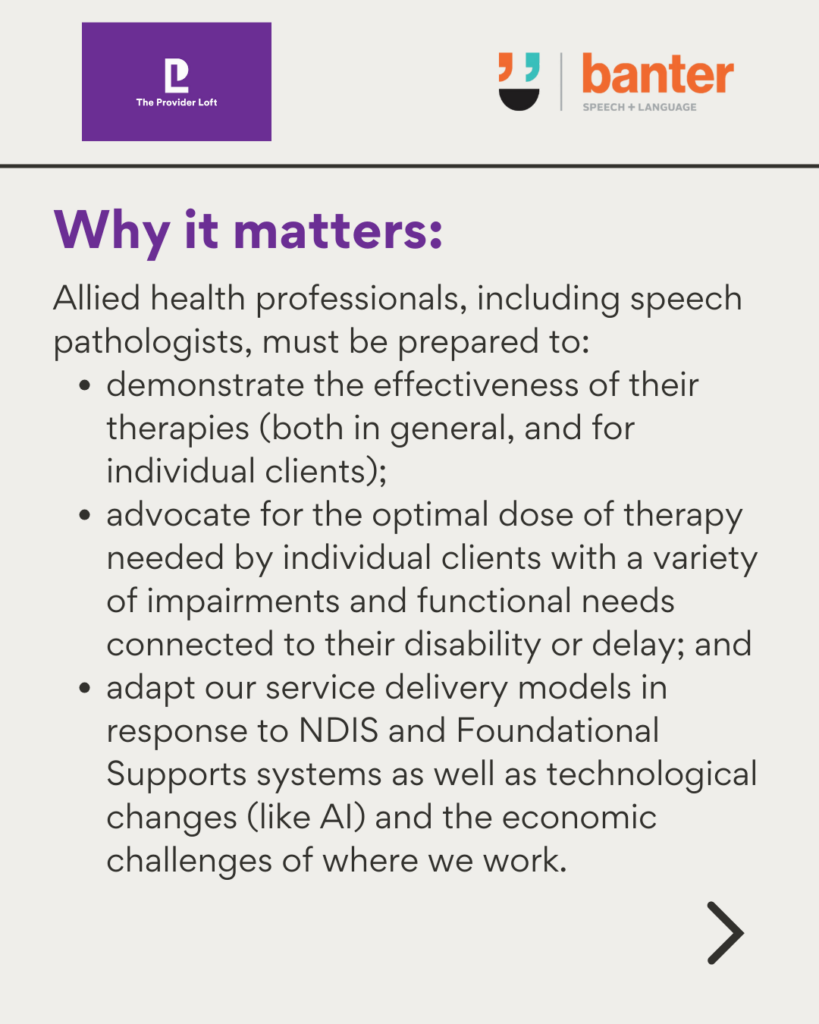
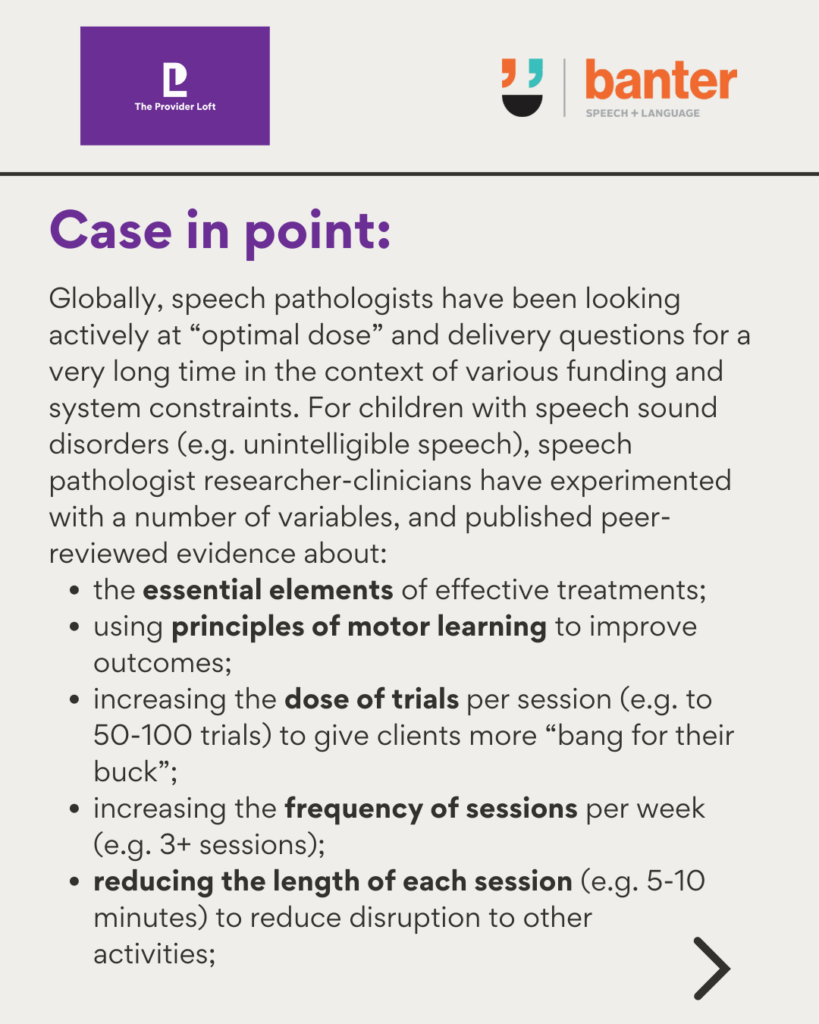
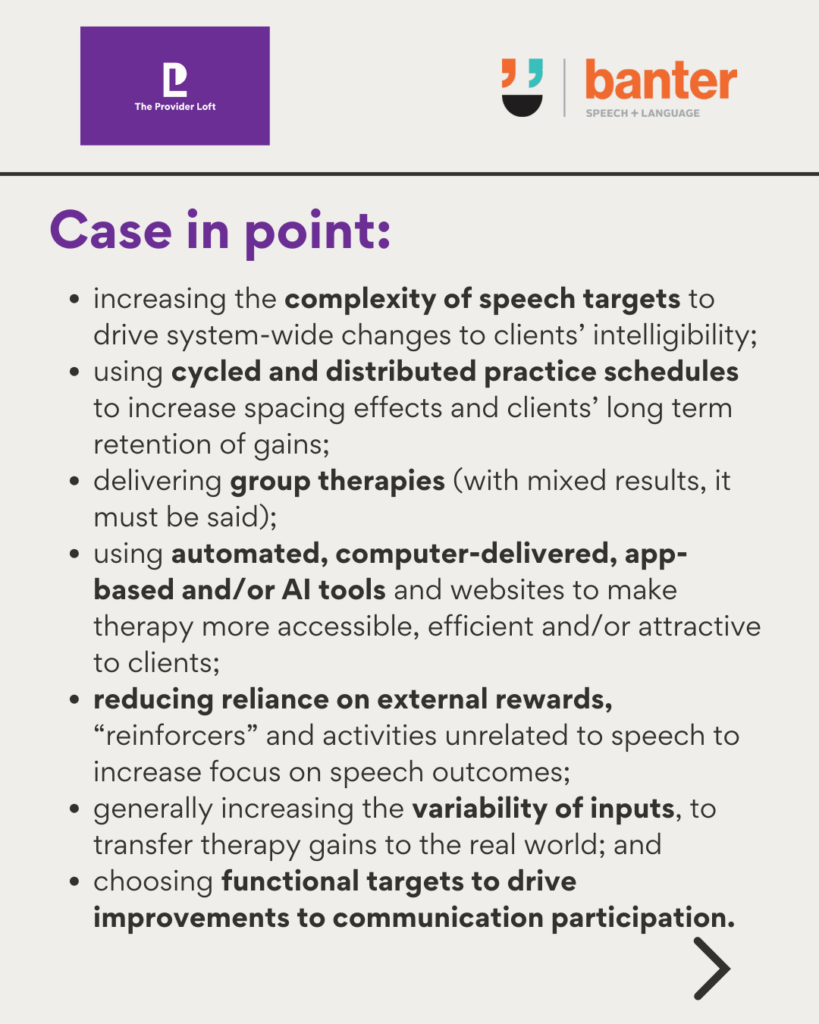
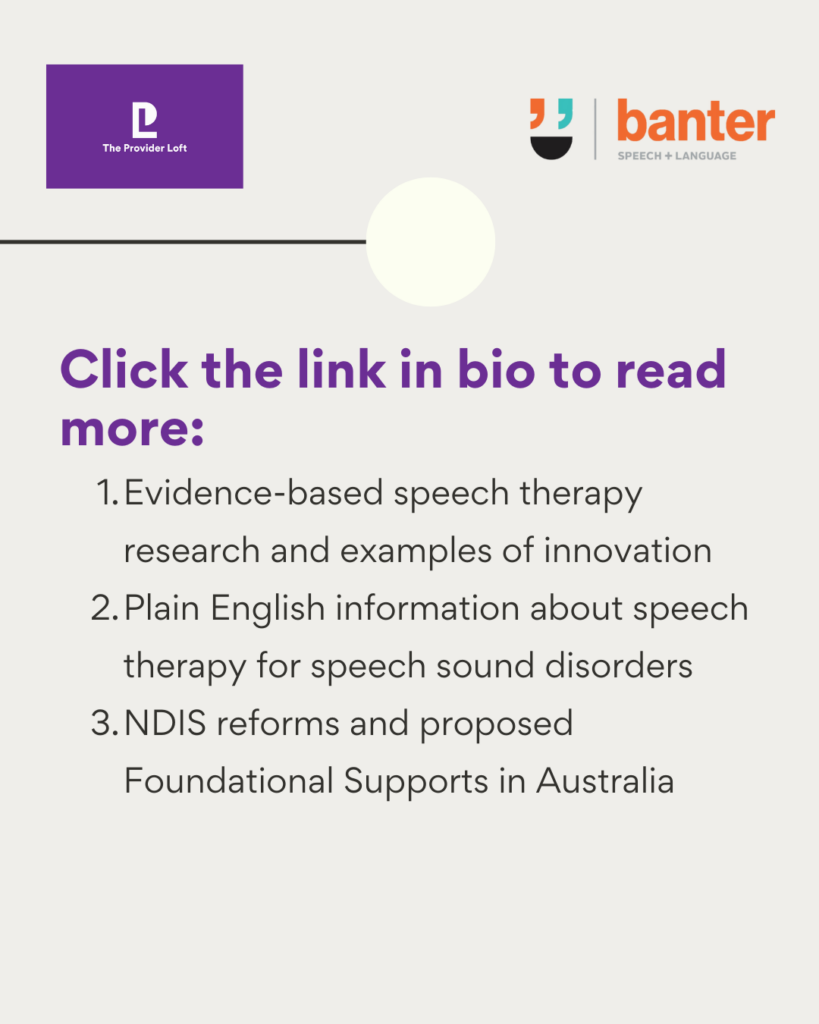
This article also appears in a recent issue of Banter Booster, our weekly round up of the best speech pathology ideas and practice tips for busy speech pathologists, speech pathology students and others.
Sign up to receive Banter Booster in your inbox each week:
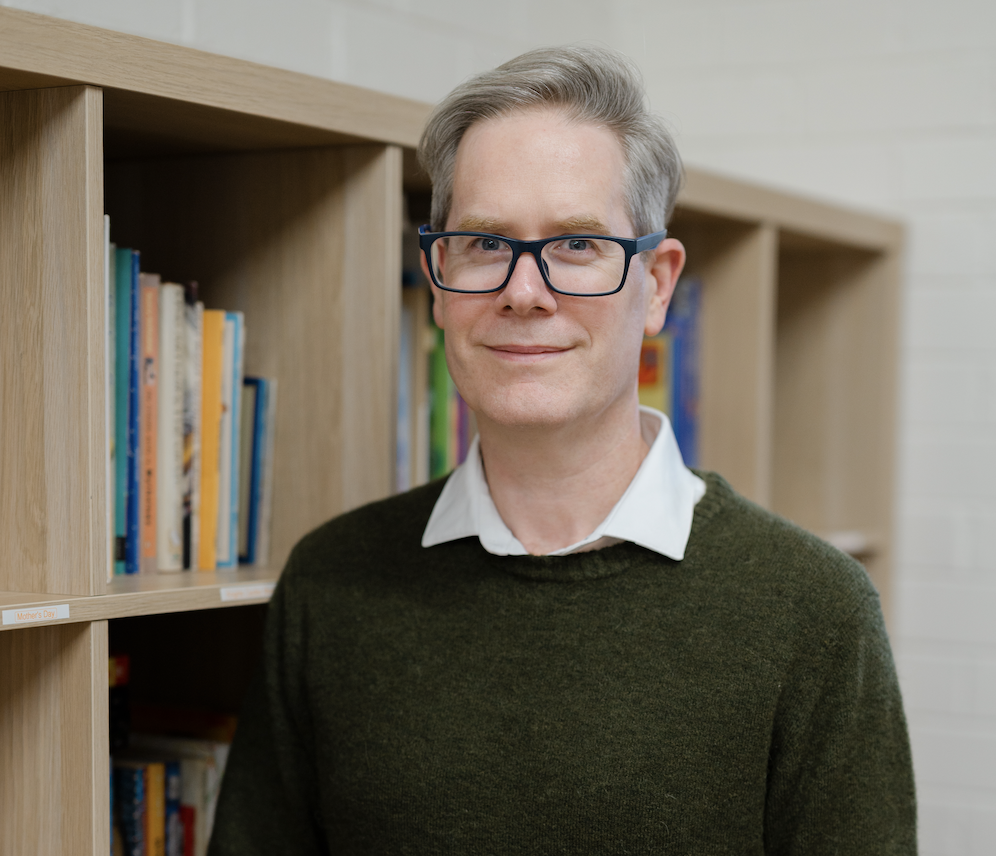
Hi there, I’m David Kinnane.
Principal Speech Pathologist, Banter Speech & Language
Our talented team of certified practising speech pathologists provide unhurried, personalised and evidence-based speech pathology care to children and adults in the Inner West of Sydney and beyond, both in our clinic and via telehealth.

